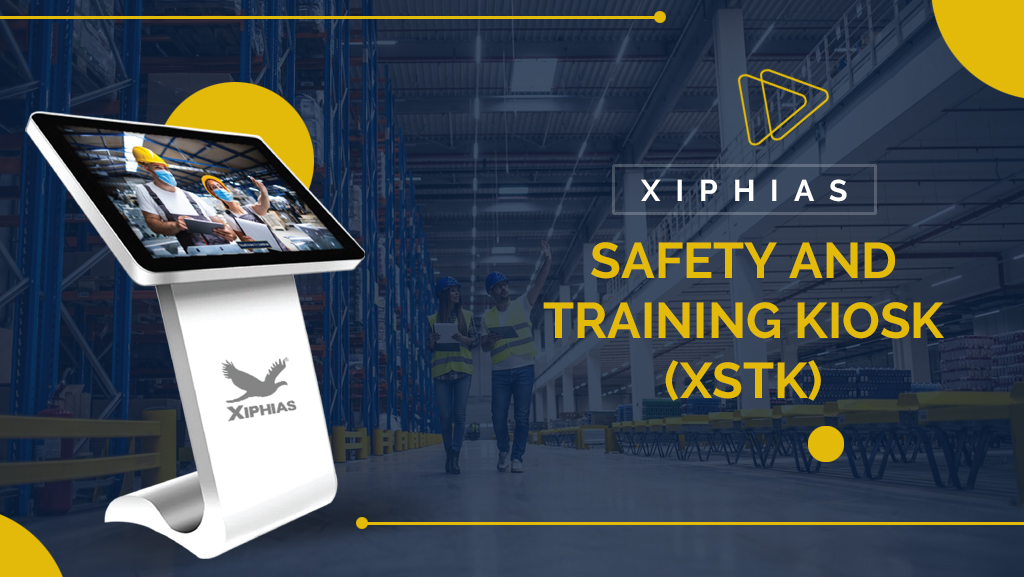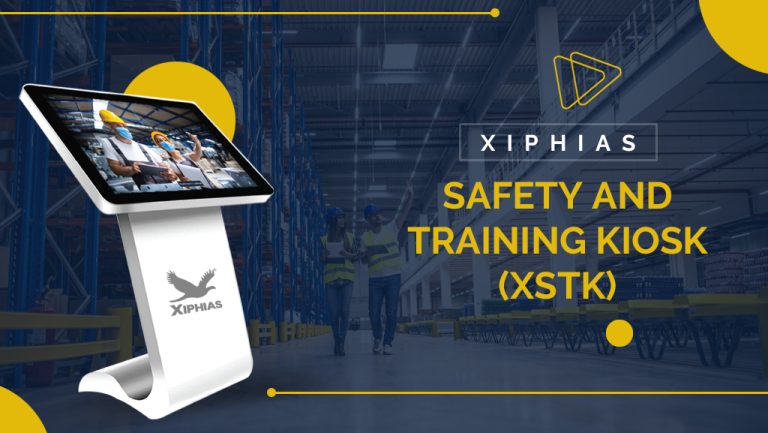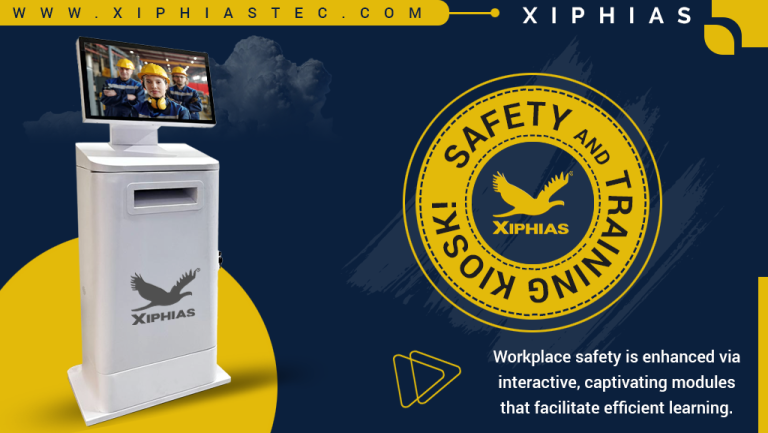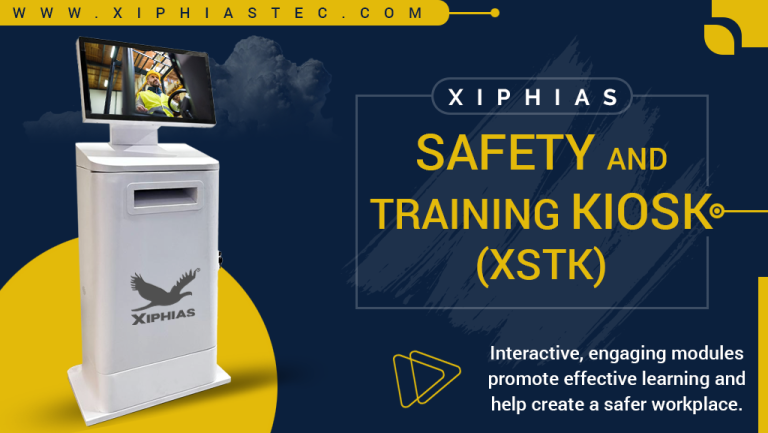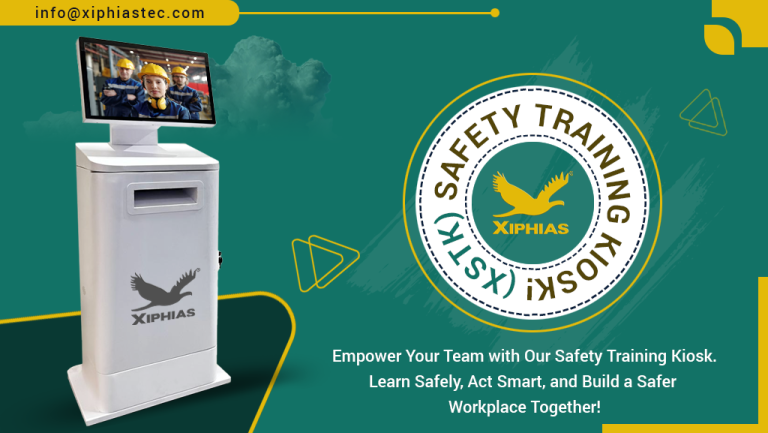The Role of Safety Training Kiosks in Preventing Workplace Accidents
Workplace safety is a critical concern for companies in every industry. Accidents can lead to severe consequences, including injuries, lost productivity, and legal liabilities. Investing in safety measures is essential to protect employees and maintain a safe working environment. One innovative approach to enhancing workplace safety is the use of safety training kiosks.
Accessible Training for All Employees
Safety training kiosks provide accessible training opportunities for all employees. These kiosks can be placed in common areas, making them easily accessible during work hours. Employees can complete mandatory safety training at their convenience without disrupting their work schedules. This flexibility ensures that all employees receive consistent and up-to-date safety training.
Real-Time Updates and Compliance
Safety regulations and guidelines frequently change, requiring timely updates to training materials. Safety training kiosks allow for real-time updates to training modules, ensuring compliance with the latest regulations. Employers can easily update training content across all kiosks, ensuring that every employee receives the most current information. This helps maintain compliance and reduces the risk of accidents due to outdated procedures.
Interactive and Engaging Learning Experience
Traditional safety training methods can be monotonous and disengaging. Safety training kiosks offer an interactive learning experience, which increases engagement and retention. Interactive modules, quizzes, and videos make learning more enjoyable and effective. Employees are more likely to remember safety protocols when they are engaged in the learning process.
Customized Training Programs
Every workplace has unique safety challenges. Safety training kiosks can be customized to address specific risks and hazards in different industries. Employers can tailor training programs to meet the specific needs of their workforce. This targeted approach ensures that employees are well-prepared to handle potential dangers in their particular work environment.
Instant Feedback and Assessments
Understanding safety protocols is crucial, but verifying comprehension is equally important. Safety training kiosks provide instant feedback and assessments to ensure employees grasp the material. Quizzes and tests administered through the kiosks immediately gauge employees’ understanding of safety procedures. This immediate feedback helps identify areas where additional training may be necessary.
Cost-Effective Safety Training Solution
Implementing safety training kiosks can be a cost-effective solution for businesses. Traditional training methods often require hiring external trainers or dedicating staff time to conduct sessions. Kiosks reduce these costs by providing consistent training without the need for live instructors. Over time, the initial investment in kiosks pays off through reduced training expenses and fewer workplace accidents.
Continuous Learning and Reinforcement
Safety training should not be a one-time event. Regular reinforcement of safety protocols is essential for maintaining a safe workplace. Safety training kiosks facilitate continuous learning by offering refresher courses and updated modules. Employees can revisit training materials as needed, reinforcing their knowledge and staying vigilant about safety.
Reducing Human Error and Improving Safety Culture
Human error is a leading cause of workplace accidents. Safety training kiosks help reduce human error by reinforcing correct procedures and safe practices. Employees who consistently engage with the training kiosks develop a strong safety culture, where following safety protocols becomes second nature. This cultural shift contributes to a safer work environment and fewer accidents.
Enhanced Reporting and Analytics
Tracking the effectiveness of safety training is vital for continuous improvement. Safety kiosks offer enhanced reporting and analytics features. Employers can monitor completion rates, quiz scores, and identify trends in training effectiveness. This data-driven approach enables employers to make informed decisions about safety initiatives and identify areas for improvement.
Conclusion
Safety training kiosks are a valuable tool in preventing workplace accidents. They offer accessible, interactive, and customizable training that engages employees and ensures compliance with safety regulations. By reducing human error, reinforcing safety culture, and providing continuous learning opportunities, safety kiosks play a crucial role in creating a safer work environment. Investing in these kiosks is a proactive step toward preventing workplace accidents and protecting the well-being of employees.

